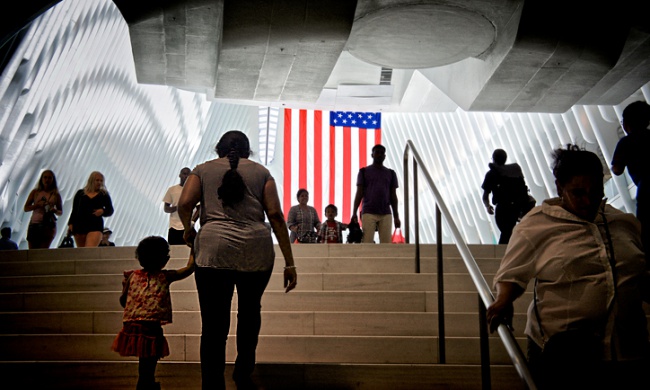The Mental and Physical Trauma of “Dreamers” Living With Deportation Threats
March 3, 2017
After Daniela Vargas’ recent arrest, the future for DACA’s more than 750,000 recipients is more uncertain than ever. They need political support, but also safe spaces to process their anxiety.

The migraines came out of nowhere. Nanci Palacios, who lives in Tampa, Florida, had headaches before but never with the intensity she’s currently experiencing. The back of her head throbs with pain. Her neck and shoulders become stiff. The migraines happen all the time now, Palacios said. She’s sluggish and less efficient.
Palacios also can’t sleep. She’s often anxious and her mind tends to race. At least four times a week, she’s up through the night. Often, she’s twisting and turning in bed. Palacios wears a Fitbit at night to track her sleeping patterns.
“There were periods where I was awake and I don’t remember being awake,” Palacios said. “I would wake up, and I was really tired.”
Her symptoms began the day after the presidential election in November. Palacios knew Trump presented a very real threat to her and her family. As immigrants, they have been in his crosshairs since he announced his candidacy.
Palacios is particularly concerned about her status as one of more than 750,000 recipients of Deferred Action for Childhood Arrivals, former President Barack Obama’s 2012 program that gave undocumented children renewable two-year work permits and relief from deportation. Trump has indicated that DACA is safe for now, but his escalating immigration enforcement tactics have contradicted that assurance. After all, Daniel Ramirez Medina was arrested and detained during an Immigration and Customs Enforcement raid on Feb. 10, even though he has the legal right to work and live in the United States under DACA. And on March 1, ICE agents arrested Daniela Vargas, who was in the process of renewing her DACA case, after she spoke out about her deportation fears at a news conference in Jackson, Mississippi.


